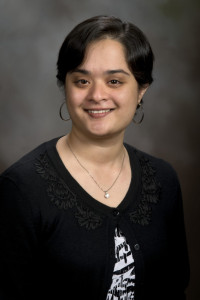Dhruv Batra’s upcoming CVPR work covered in the Boston Globe
In the online, big data world, it’s important to be able to separate the wheat from the chaff. This is true when it comes to refining search results and culling a Twitter feed, and it’s true with photographs, too. Dhruv Batra’s latest innovation recently posted to arXiv.org takes advantage of all sorts of social and technological cues to figure out who really matters in an image. “We have the ability to look at a scene and, just by coding what people are doing, how people are looking at each other, we can get a sense of the important actors,” says Dhruv Batra, a professor of electrical and computer engineering and creator of the program, along with graduate student and lead designer Clint Solomon Mathialagan and Andrew Gallagher, an engineer at Google. Read more.
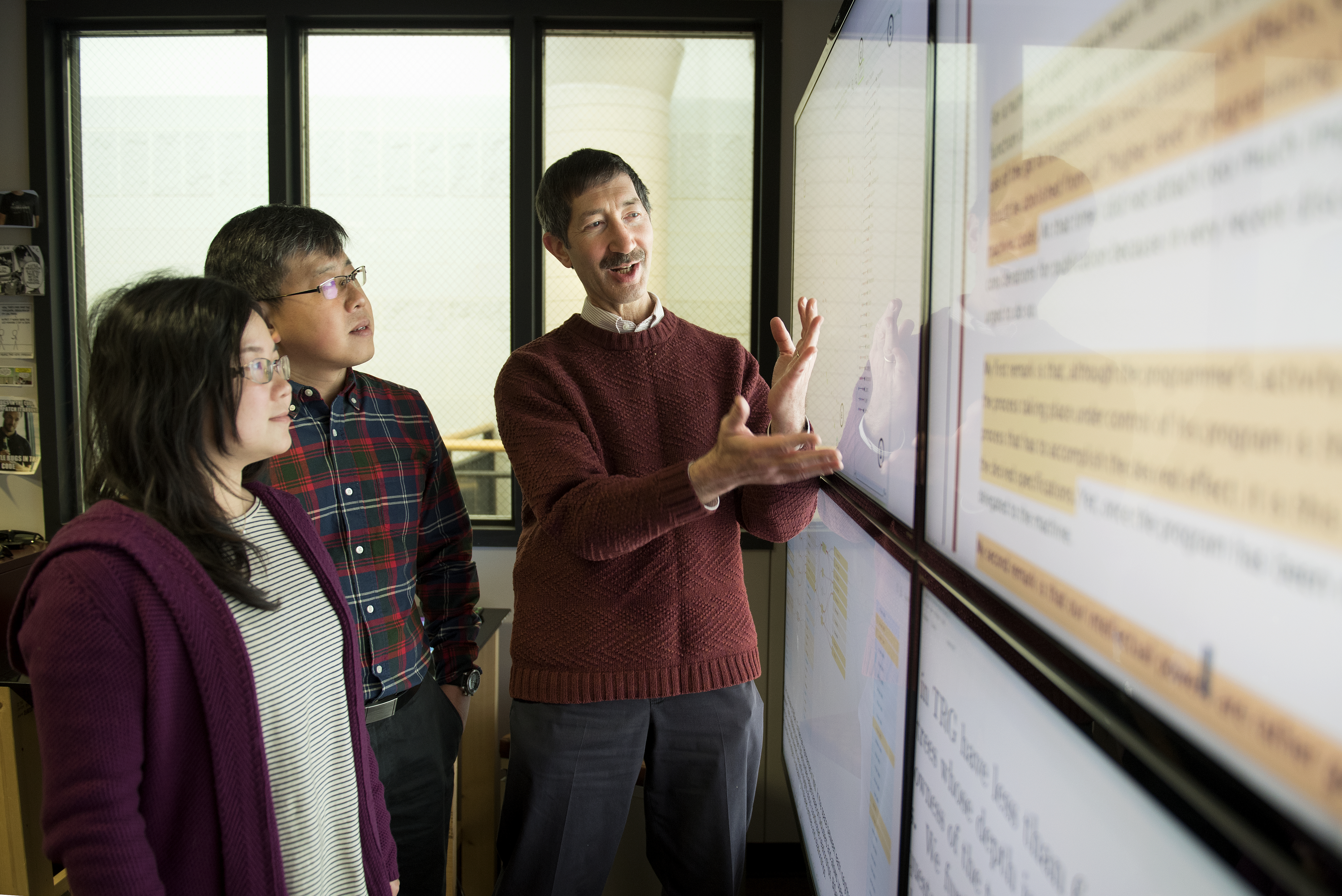
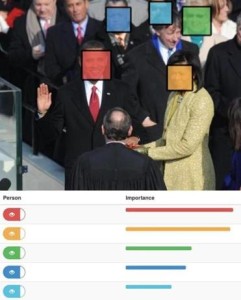
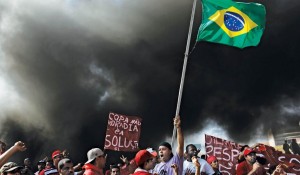
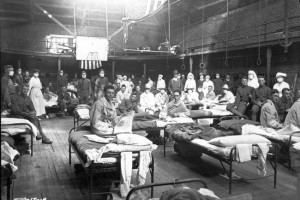
 Congratulations to DAC/CS PhD Student Sathappan Muthiah on receiving Deployed Application Award at IAAI (
Congratulations to DAC/CS PhD Student Sathappan Muthiah on receiving Deployed Application Award at IAAI ( Chang-Tien Lu, associate director of DAC and associate professor of computer science has been awarded a $300,000 subcontract from the United States Army Research Office and United States Army Engineer Research and Development Center. He will use the grant to develop an automated tool to make sense of data captured in news articles, tweets, images, and audio and video streams.
Chang-Tien Lu, associate director of DAC and associate professor of computer science has been awarded a $300,000 subcontract from the United States Army Research Office and United States Army Engineer Research and Development Center. He will use the grant to develop an automated tool to make sense of data captured in news articles, tweets, images, and audio and video streams.
